Materials:
Arduino
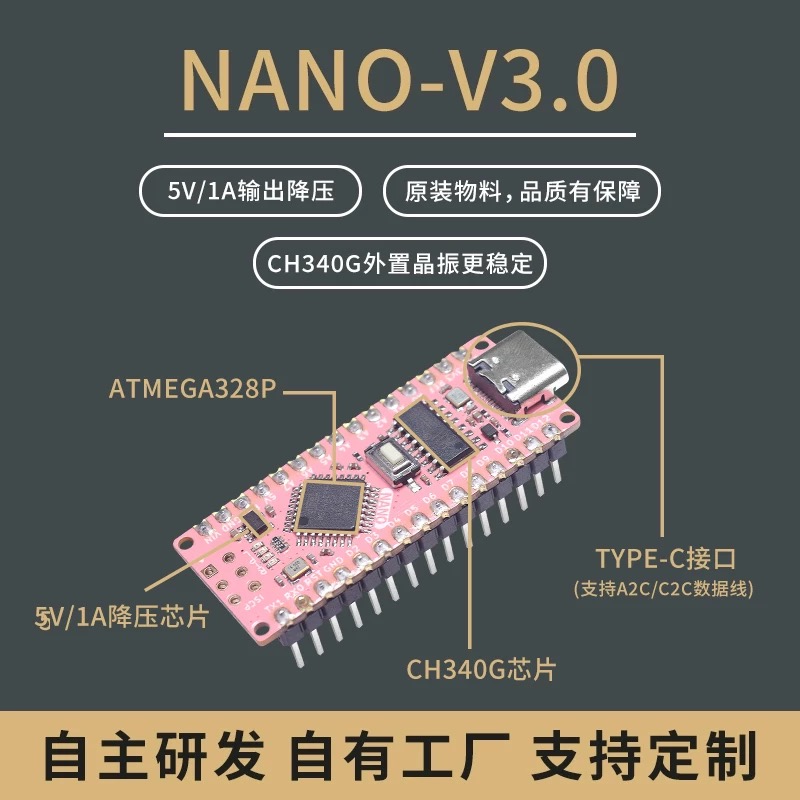
Photoresistor Sensors
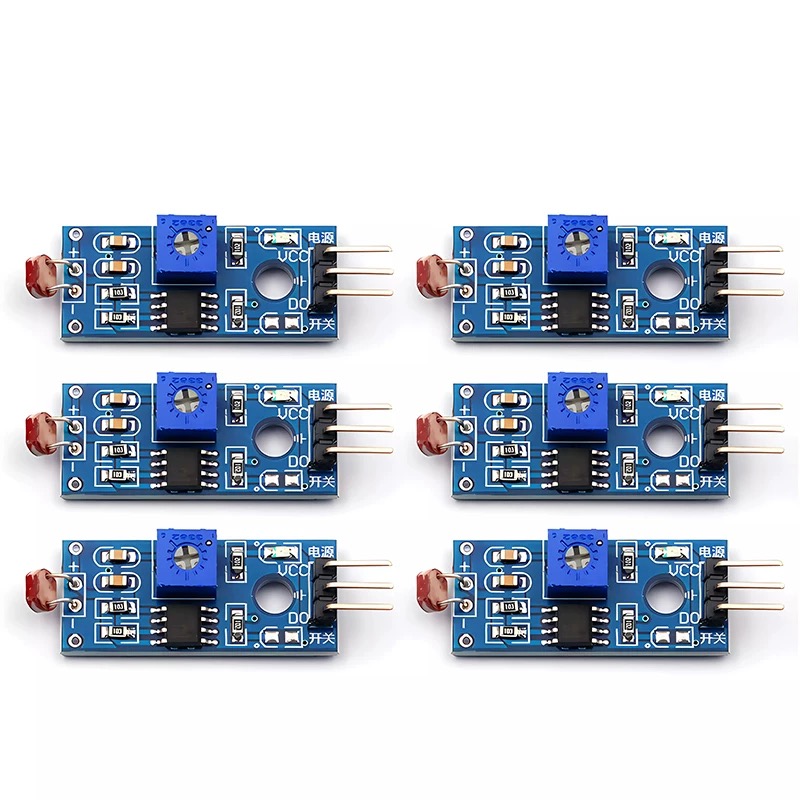
Laser
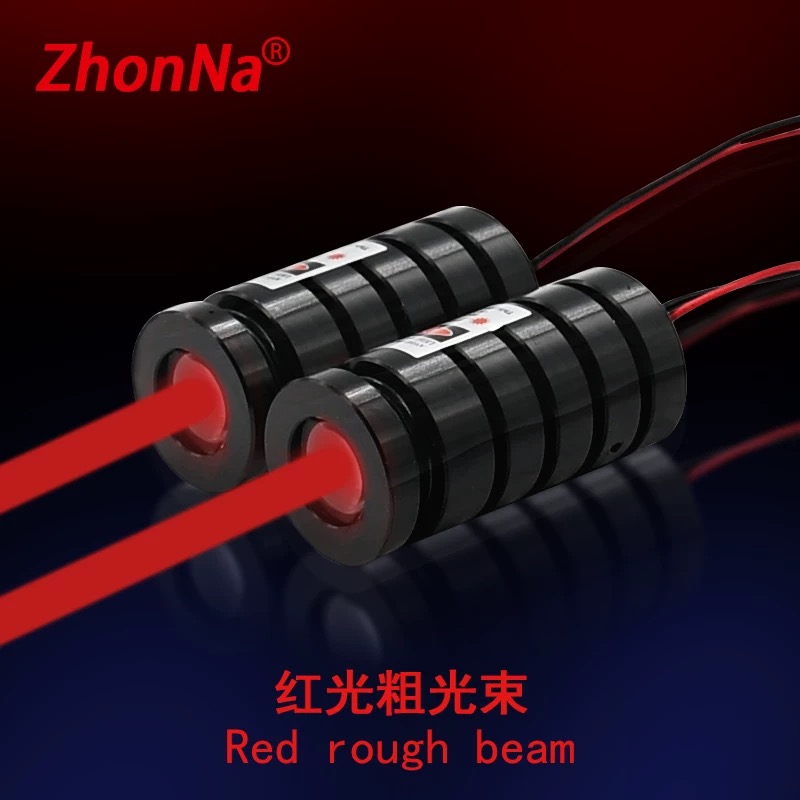
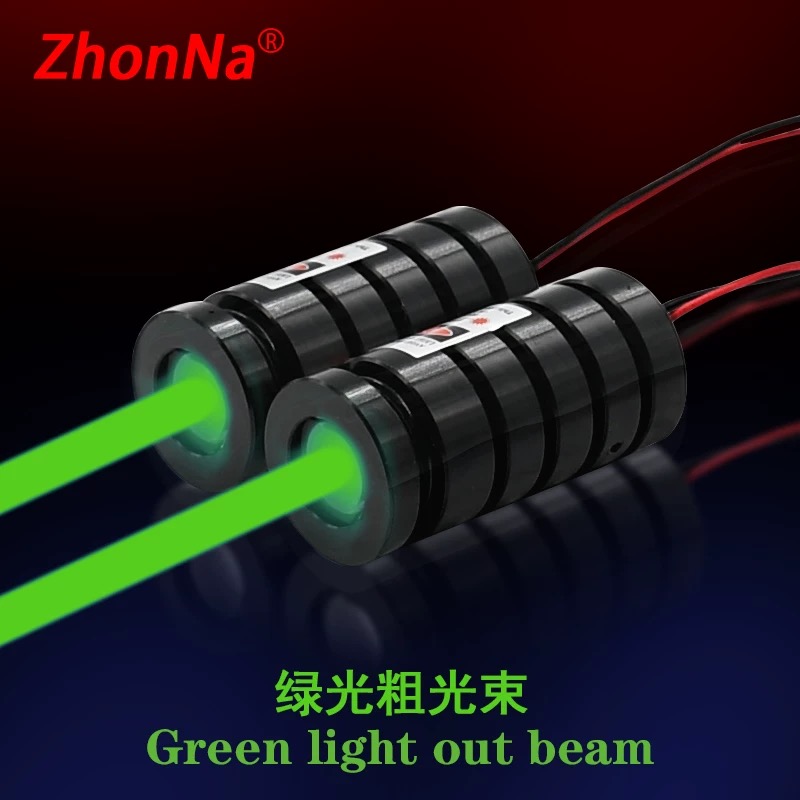
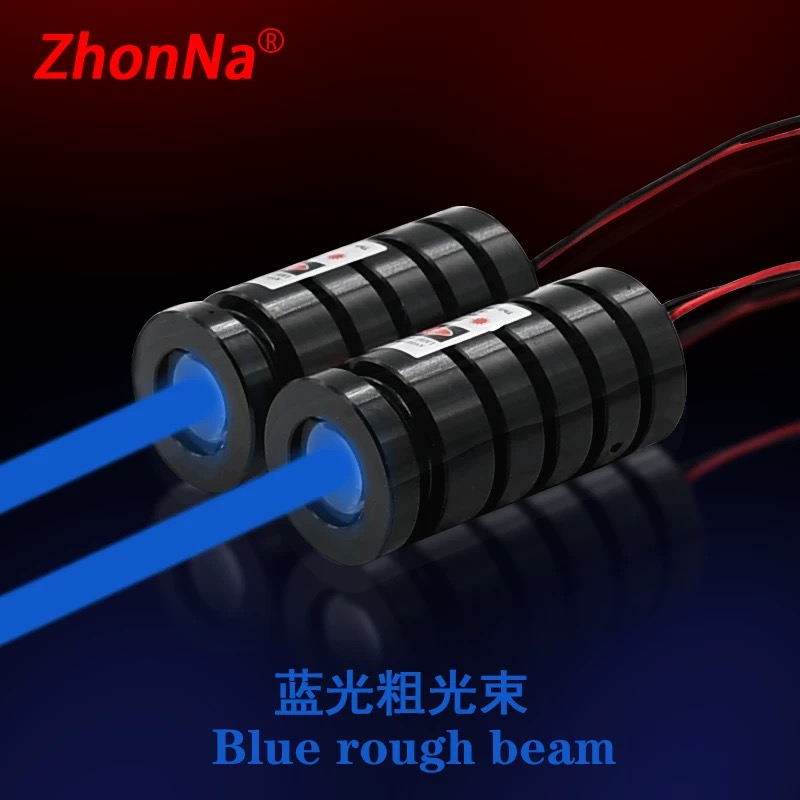
Goal: In a dark room, trigger specific sound feedback when the audience touches the laser beams.
Equipment Selection: Choose the sensors, laser modules, and Arduino that will be used, along with sound processing software (Max/MSP, Pure Data).
Materials: Red laser modules, photoelectric sensors, Arduino, jumper wires, and power supply. Plan the room layout and equipment placement to ensure the lasers are arranged properly and can be detected by the sensors.
Implementation Steps and Testing:
- Test the sensors and laser modules without sound processing by first reading the sensor status through Arduino to ensure the sensors detect laser beam interruptions correctly.
- Circuit setup: Connect the red laser modules, photoelectric sensors, and Arduino, ensuring they work together and communicate with the computer via a serial port.
- Write an Arduino program to read the photoelectric sensor status and verify that it sends trigger signals to the computer via serial communication.
Challenges: Smoke is required to make the laser beams visible, so it’s essential to confirm that the exhibition space allows for smoke use.
What is the relationship between light and sound you want to explore?
I want to use the space to make light and sound interact within the same environment, triggering emotions in the audience. By making the audience’s physical actions part of the exhibit, they can actively interact with the installation, creating their own soundscapes. My aim is for audience members to influence the sound and light interactions through their actions, transforming the entire space into a large “synthesizer.”
How would you compare your work to others on the same theme?
Other works on sound and visuals may lean more toward a mix of visual and auditory elements. I aim to involve additional senses, making sound the core of the immersive experience. Here, sound isn’t just for creating an atmosphere—it becomes a part of the exhibit that can be “played,” with the audience’s interactions directly shaping the development of the sound.
What sets your exploration apart?
My exploration emphasizes the interaction between sound and light within the exhibition space, focusing on “physical participation” and integrating the whole environment into the experience. For example, by using the sounds of different materials and sound effects, I want to guide the audience to perceive different layers of the space. It goes beyond a tech showcase or a light-and-shadow spectacle, allowing the audience to feel they aren’t just “watching” but becoming part of the work, deeply engaged in the relationship between sound and light.
Additional Information After Testing (December 2):
Improved Installation Concept:
The original concept of a “large synthesizer” focused on melodic and musical qualities has been adjusted to a more tech-oriented, noise-centric “Noise Box.” The arrangement of lasers has also been revised. The final goal is to allow the audience to control the noise variations, either through interaction with others or on their own. Red lasers have been selected, and the overall spatial design aims to evoke a futuristic, technological, and apocalyptic atmosphere.
Reasons for the Adjustment:
- Technical Reason: The photoelectric sensors output continuous 1 and 0 signals, which makes it cumbersome to control Pure Data’s toggles and further control pad sounds. It is challenging to create continuous ambient sound textures this way (though this technical issue might be solvable).
- Connection with Project 2: I want both installations to convey a sense of oppression and pressure.
- More Engaging Sound Variations: I aim to make the sound changes in this project more interesting and dynamic.
Project Name:Perilous Frequency
